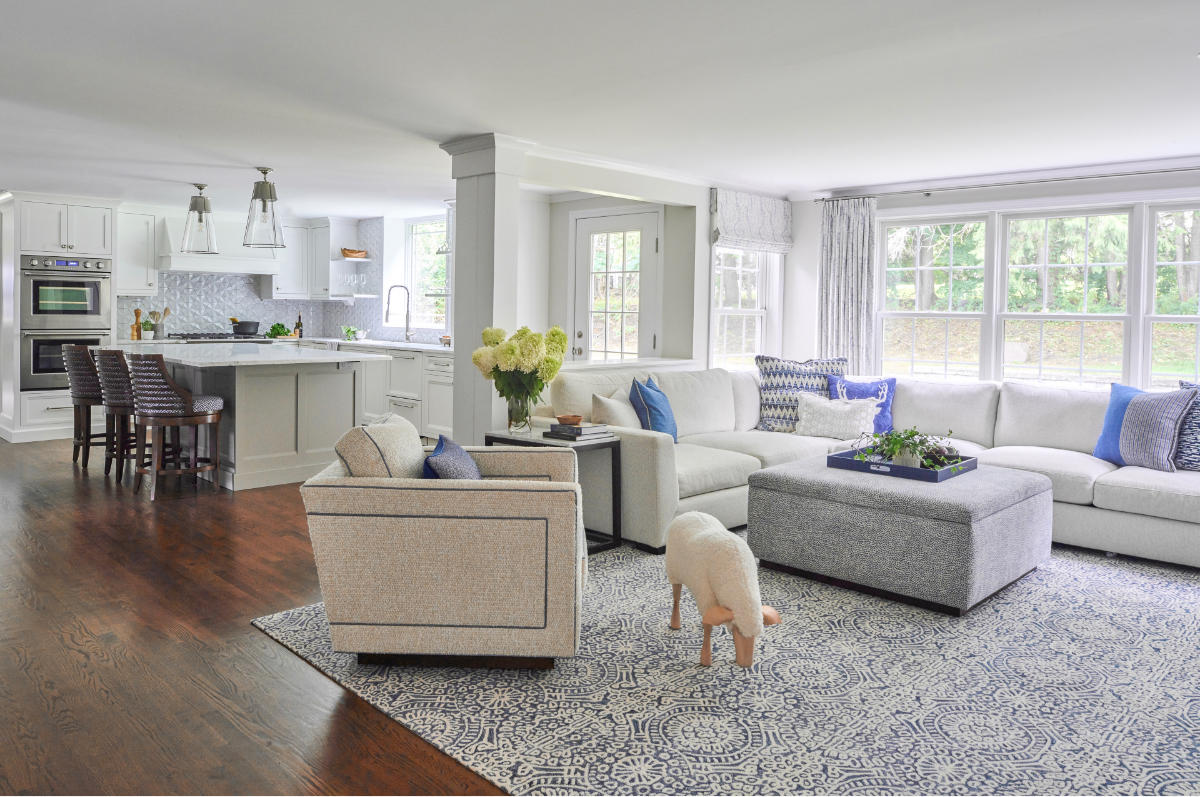Do you gravitate toward spaces with open floor plans, or do you prefer a series of rooms? Two designers face off on what to do about interior walls.

Georgia Zikas prefers an open floor plan and the 360-viewpoint it provides.Jane Beiles
Georgia Zikas
Georgia Zikas Design
West Hartford, Connecticut

Ready to dig in?
This article is available exclusively for
BOH subscribers and BOH Insiders.
BOH subscribers and BOH Insiders.
Want full access?









































